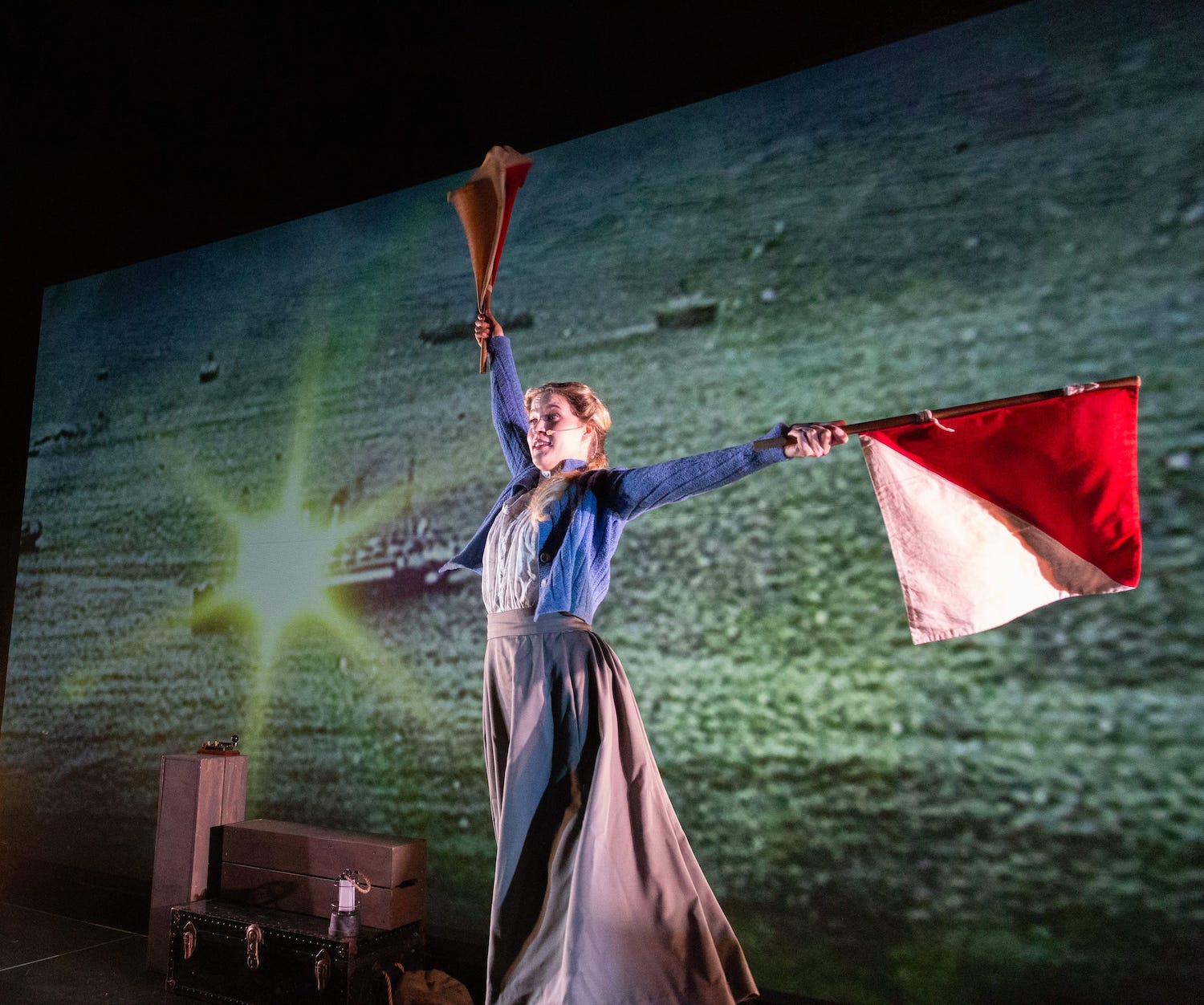History buffs will remember Iona, the site of the first effort to convert the Scots to Christianity. The tiny isle has turquoise waters, dazzling beaches and coves, and sacred sites.
Saint Columba arrived in 563 with 12 Irish monks and built the first abbey on the island. From there he began his mission to Scotland.
Little remains of the monastic buildings he founded. For the first few centuries Iona Abbey was raided by Viking raids several times until around 1200 when a community of Benedictine monks was founded on the site.
The first Abbey was tiny, but was added to over the following centuries and today people visit to spend time in St Oran’s Chapel, the sacred burial ground, the Road of the Dead and to see the St Martin’s Cross. For centuries it is has held a special place in the mind of Scots and some 48 kings of Scotland were buried there.

The abbey remained an important place of worship and pilgrimage until the Reformation in 1560, after which monastic life came to an end and it fell into disuse.
The abbey experienced a short-lived resurgence when Charles I reintroduced bishops to the Scottish Church and made Iona the seat of the Bishop of the Isles. However, by the end of the 17th century bishops had once again been abolished and the abbey continued to decline once more.
However in the last century restoration began first by the Iona Cathedral Trust and later by the Iona Community, an ecumenical order set up initially to provide work for unemployed men from Glasgow during the great depression.
Adjacent to the abbey is a small museum including a fascinating description of the origin and use of the cross with supporting ring which characterises the Celtic church.
The Island is just 4.5 km by 1.6 km and just a 10-minute ferry crossing from Fionnphort on the southwest coast of Mull. The ferry brings pilgrims and visitors to Baile Mor (“big village”), where there’s a handful of shops and post office.
On the hill in front of the ferry slip are the ruins of the Augustinian nunnery and their tranquil cloistered garden. Founded in AD 1200 at the same time as the Benedictine abbey it is one of the best preserved remains of a typical medieval nunnery and was occupied until the Reformation. However, it continued to be used as a place of burial for women long after this.
The first prioress was Beathag (in English Beatrice), sister of Reginald who founded both the abbey and nunnery. Much of the ruins date from the 14th century and you can still see some of the fine carved details on the stonework. Like the abbey, it continued in use until the Reformation, after which it fell into decline.
Nearby, in the former manse built by Thomas Telford is the Iona Heritage Centre filled with photos and displays, that tells the story of island life over the last few centuries; the fishing and crofting community, school and churches, artists, craftworkers, visitors and memorable events. You can search family trees for your ancestors, many of whom emigrated to Australia. There is also information about the geology and wild flowers of Iona.
Iona’s highest point is Dùn I, standing some 101 metres above sea level. On a clear day there are panoramic views of many other Hebridean islands including the Treshnish Isles, Tiree, Coll, and sometimes Rhum, Eigg and Skye with Ireland visible to the South.
Close to Dun I is The Well of Eternal Youth, associated with the 6th-century St Brigid of Ireland. Brigid is said to visit Iona at midnight on the summer solstice.
I regret that I cannot confirm the efficacy of the holy spring.

































